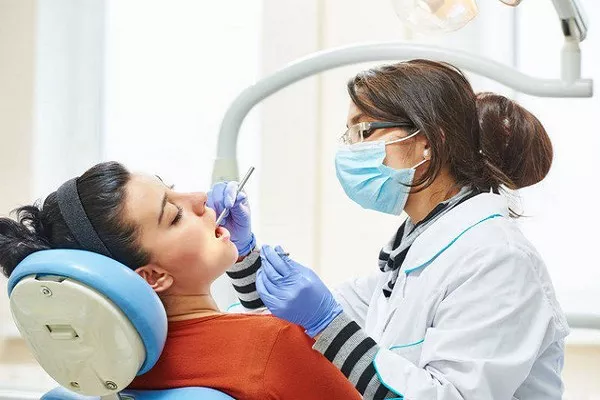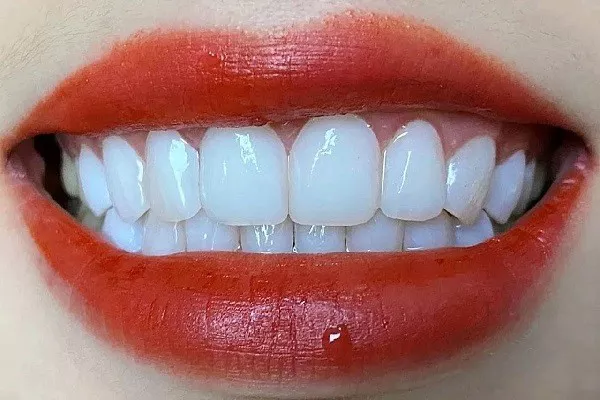Electric toothbrushes have become an increasingly popular alternative to traditional manual toothbrushes due to their ability to provide a more thorough cleaning experience. However, there have been concerns raised about whether or not electric toothbrushes can damage fillings. In this article, we will explore this topic and provide several points of discussion.
1. The type of filling matters
The first point to consider is the type of filling that has been used. There are various types of fillings, including amalgam (silver), composite (white), and ceramic. Amalgam fillings are made up of a mixture of mercury, silver, tin, and copper. These fillings are known for their durability, but they may be more susceptible to wear and tear from electric toothbrushes. Composite fillings, on the other hand, are made up of a resin material and can be more prone to chipping and wearing down. Ceramic fillings are considered the most durable, but they can also be damaged by an electric toothbrush if too much pressure is applied.
- Depending on the type of filling that you have, it may be more or less susceptible to damage from an electric toothbrush.
- Amalgam fillings are generally more durable, but may be more prone to wear and tear from an electric toothbrush.
- Composite fillings are more likely to chip or wear down with use, so it is important to be cautious when using an electric toothbrush on these types of fillings.
- Ceramic fillings are considered the most durable, but can still be damaged if too much pressure is applied.
2. The pressure used matters
Another factor to consider is the amount of pressure that is used when brushing with an electric toothbrush. While these devices can provide a more thorough cleaning experience, they can also apply more pressure than a manual toothbrush. If too much pressure is applied, it can cause damage to both the filling and the surrounding tooth structure.
- It is important to use a gentle touch when brushing with an electric toothbrush, especially if you have fillings.
- Applying too much pressure can cause damage to the filling and the surrounding tooth structure.
- Some electric toothbrushes are equipped with pressure sensors that can alert you if you are applying too much force.
3. Proper technique is important
In addition to using a gentle touch and being mindful of the type of filling that you have, it is also important to use proper brushing technique. This can help ensure that you are effectively removing plaque and debris without causing damage to your fillings.
- To properly use an electric toothbrush, hold it at a 45-degree angle to your teeth and gums.
- Use circular motions and avoid scrubbing back-and-forth.
- Be sure to brush all surfaces of your teeth, including the fronts, backs, and chewing surfaces.
- Pay special attention to areas around your fillings to ensure that they are thoroughly cleaned.
4. Regular dental check-ups are crucial
It is important to maintain regular dental check-ups and cleanings to ensure that your fillings are in good condition. Your dentist can monitor the health of your fillings and make recommendations for any necessary repairs or replacements.
- Regular dental check-ups are crucial for maintaining oral health, especially if you have fillings.
- Your dentist can monitor the health of your fillings and make recommendations for any necessary repairs or replacements.
- By staying on top of your dental care, you can help prevent damage to your fillings and other oral health issues.
5. Electric toothbrushes can benefit oral health
Despite concerns about damage to fillings, electric toothbrushes can provide numerous benefits for oral health. They can remove more plaque and debris than manual toothbrushes, which can help prevent tooth decay and gum disease.
- Using an electric toothbrush can help maintain good oral hygiene.
- By removing more plaque and debris, electric toothbrushes can help prevent tooth decay and gum disease.
- Electric toothbrushes can be particularly beneficial for people with braces or other dental appliances.
6. Proper care of your electric toothbrush is important
To ensure that your electric toothbrush remains in good condition and doesn’t cause any damage to your fillings, it’s important to take proper care of the device. This includes regularly replacing the brush head, cleaning the device, and storing it properly.
- It’s recommended that you replace your electric toothbrush head every three months.
- To clean the device, rinse the brush head thoroughly after use and wipe down the handle with a damp cloth.
- Store your electric toothbrush in a clean, dry area.
7. Talk to your dentist about concerns
If you have concerns about using an electric toothbrush with your fillings, don’t hesitate to talk to your dentist. They can provide guidance on how to properly care for your fillings and what level of pressure is safe to use with an electric toothbrush.
- Your dentist can answer any questions or concerns you may have about using an electric toothbrush with your fillings.
- They can provide specific recommendations based on your individual oral health needs.
- Don’t hesitate to reach out to your dentist if you have any concerns or questions.
In conclusion, while electric toothbrushes can provide a more thorough cleaning experience, there are factors to consider when using them with fillings. The type of filling, amount of pressure used, proper technique, and regular dental check-ups are all important considerations. By being mindful of these factors, you can help ensure that your fillings remain in good condition and that you maintain optimal oral health.
Recommended reading:
































